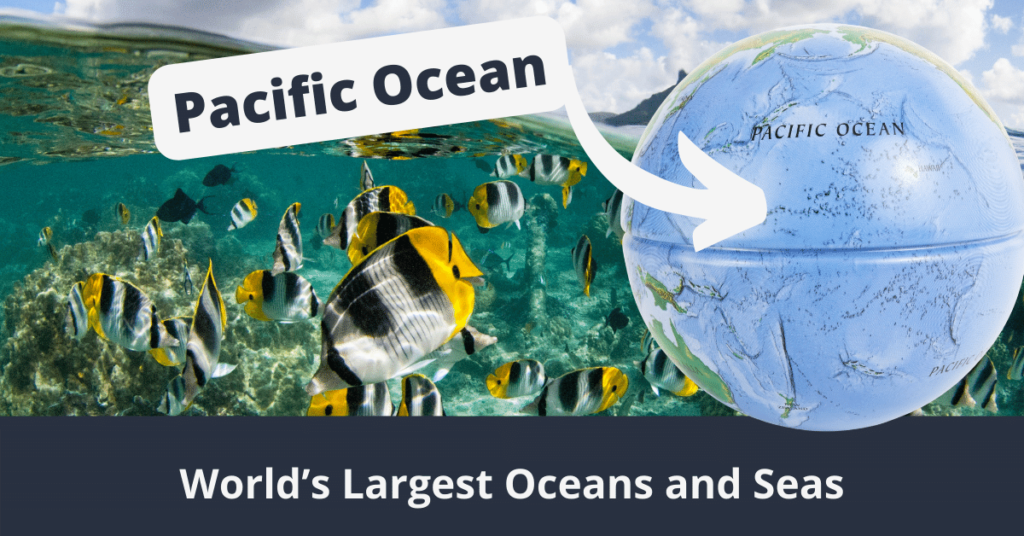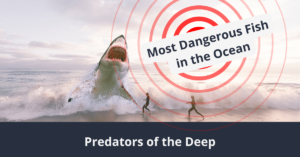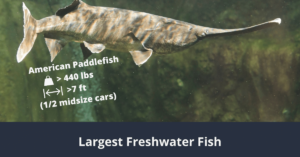More than 70 percent of the Earth’s surface is covered by water, and our oceans make up a lot of that. You might’ve heard ocean or sea used interchangeably, but a sea is smaller than an ocean (except one – see the table below!) and is often partly enclosed by land. The oceans are interconnected; all the planet’s oceans make up the World Ocean.
The largest ocean on Earth takes up one-third of the planet’s surface, but can you name which one that is? Below, we break down the world’s largest oceans and seas as well as offer a few runners-up.
Everything you will learn here
- Top 14 of the World’s Largest Oceans and Seas
- 14. Mediterranean Sea
- 13. Caribbean Sea
- 12. Weddell Sea
- 11. South China Sea
- 10. Sargasso Sea
- 9. Arabian Sea
- 8. American Mediterranean Sea
- 7. Coral Sea
- 6. Arctic Ocean
- 5. Philippine Sea
- 4. Antarctic/Southern Ocean
- 3. Indian Ocean – third largest ocean
- 2. Atlantic Ocean – second-largest ocean
- 1. Pacific Ocean – The largest ocean in the world!
- A Few Other Large Oceans and Seas Worth Mentioning
Top 14 of the World’s Largest Oceans and Seas
With blue water that stretches to the horizon, the globe’s largest oceans and seas can feel infinite. These are the 14 largest oceans and seas.
| Rank | Ocean | Area (km2) | Area in Square Miles | Type |
| 14 | Mediterranean Sea | 2,510,000 | 969,116 | Sea |
| 13 | Carribean Sea | 2,754,000 | 1,063,325 | Sea |
| 12 | Weddell Sea | 2,800,000 | 1,081,085 | Sea |
| 11 | South China Sea | 3,500,000 | 1,351,357 | Sea |
| 10 | Sargasso Sea | 3,500,000 | 1,351,357 | Sea |
| 9 | Arabian Sea | 3,862,000 | 1,491,126 | Sea |
| 8 | American Mediterranean Sea | 4,200,000 | 1,621,628 | Sea |
| 7 | Coral Sea | 4,791,000 | 1,849,814 | Sea |
| 6 | Arctic Ocean | 15,558,000 | 6,006,974 | Ocean |
| 5 | Philippine Sea | 5,695,000 | 2,198,850 | Sea |
| 4 | Southern Ocean | 21,960,000 | 8,478,798 | Ocean |
| 3 | Indian Ocean | 70,560,000 | 27,243,351 | Ocean |
| 2 | Atlantic Ocean | 85,133,000 | 32,870,015 | Ocean |
| 1 | Pacific Ocean | 168,723,000 | 65,144,274 | Ocean |
14. Mediterranean Sea
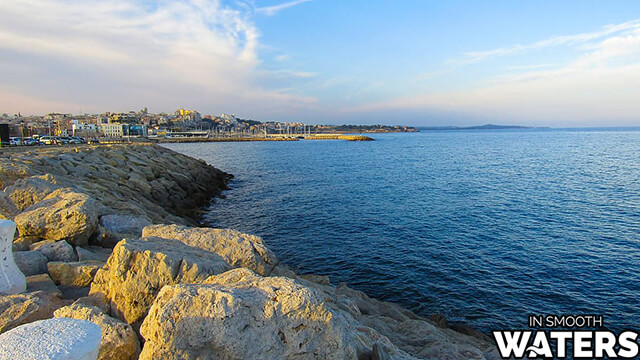
The Mediterranean Sea has a steady inflow of water from the Atlantic Ocean because the rivers that feed it can’t keep up with the evaporation. Some people believe that the Mediterranean is part of the Atlantic Ocean, but it is a separate body of water.
The Mediterranean spans approximately 965,000 square miles, with an average depth of 4,900 feet (ca. 1,494 m). The deepest spot in this sea is at 17,280 feet (ca. 5,267 m).
The Mediterranean has always been an important transportation route. Its lush, fertile soil was ideal for supporting agriculture, and many ancient civilizations formed along its coast. Today, it remains a significant transportation route for people and goods.
13. Caribbean Sea
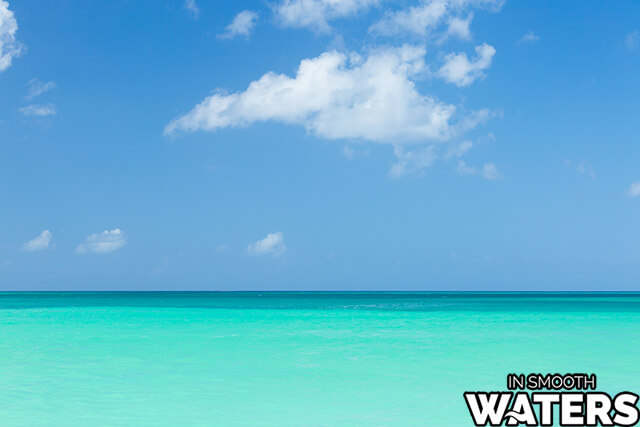
The Caribbean Sea spans just over 1 million square miles. Unlike the Mediterranean, the Caribbean is part of the Atlantic Ocean. Twenty-eight nations and more than 7,000 islands border the Caribbean Sea.
The deepest part of the Caribbean lies in the Cayman Trench, which is 22,500 feet (ca. 6,858 m) below the surface of the sea. The average depth is closer to 2,200 feet (ca. 671 m), though.
The Caribbean isn’t just one of the largest seas. It’s one of the biggest oil-producing areas in the world. Although many people associate coral reefs with Australia, 14 percent of the world’s reefs lie in the Caribbean. However, those reefs, which bring in millions of dollars from tourists, are threatened by global warming.
The Caribbean is a popular vacation destination. It has a beautiful climate, and the water temperature doesn’t vary by more than 3 degrees.
12. Weddell Sea
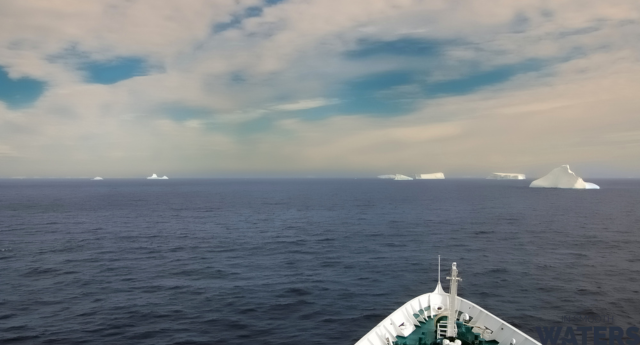
Spanning an impressive 2,800,000 square kilometers, the Weddell Sea stands as a testament to the sheer scale of nature’s wonders. Nestled within the Southern Ocean, its vast expanse is a haven for ice and marine life. Home to colossal icebergs and a unique ecosystem, the Weddell Sea plays a crucial role in the Earth’s climate system and provides a stage for researchers and explorers to unlock its mysteries, ultimately contributing to our understanding of the planet’s complex processes.
11. South China Sea
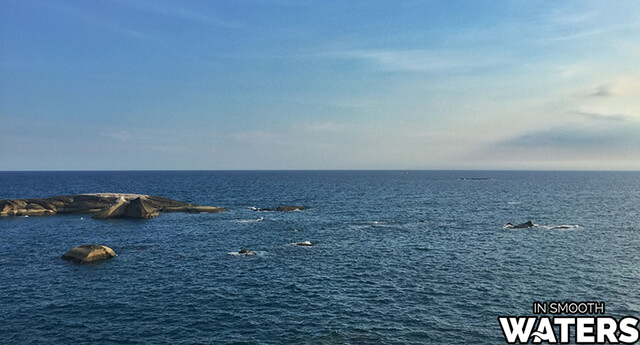
The South China Sea is a 1.4-million square mile area within the Pacific Ocean. It’s the largest sea in the world and is bordered by several countries, including Indonesia, China, Taiwan, and Malaysia. More than 250 tiny islands and sandbars are hidden under the South China Sea. They are usually only visible at low tide.
10. Sargasso Sea
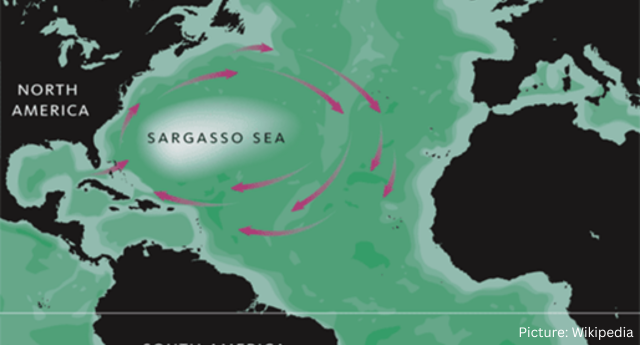
Next, we journey to the enchanting Sargasso Sea in the northern atlantic. The Sargasso sea covers an area of 3,500,000 square kilometers. Unlike conventional seas, this sea is defined not by its shores, but by the currents that cradle it – the North Atlantic Gyre. Within its aquamarine expanse, a mesmerizing tangle of sargassum seaweed floats, creating a unique habitat that supports a myriad of marine life.
The Sargasso Sea is a living testament to the intricate dance between ocean currents, marine creatures, and the delicate balance of the environment. Its story is a reminder of the hidden wonders that lie beneath the surface of our vast oceans, inviting us to delve into the mysteries of this extraordinary marine oasis.
9. Arabian Sea
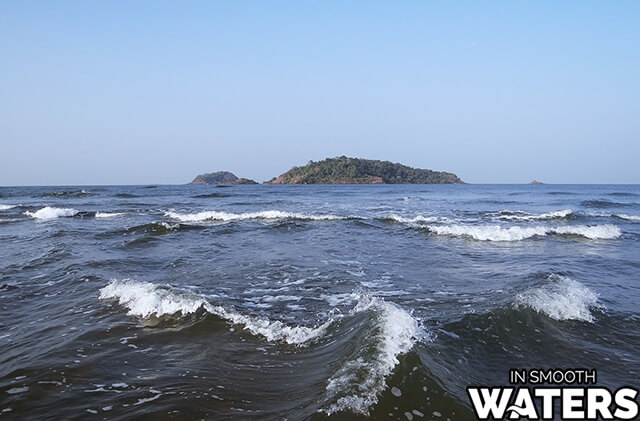
The Arabian Sea, in the Indian Ocean, is almost 1.5 million square miles in area. It only gets up to 15,262 feet (ca. 4,652 m) deep. The Arabian Sea has been an essential trade route since ancient times. In fact, the Arabian Sea is named after the merchants that controlled it for centuries.
The Arabian Sea is exceptionally salty because of its high evaporation rate and the lack of rivers feeding it. Still, it is home to many species, including a type of algae that is only found in its waters.
8. American Mediterranean Sea
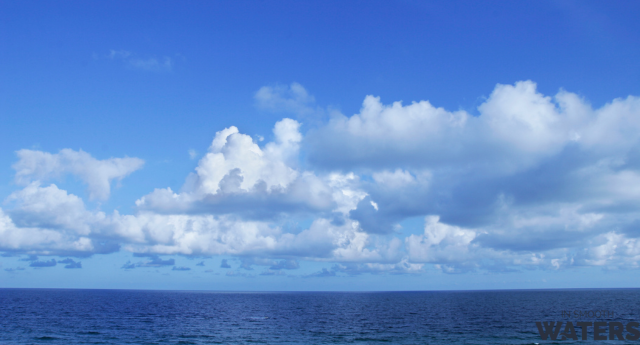
Embarking on a voyage through the world’s vast and diverse seas, we now set our sights on the captivating expanse known as the American Mediterranean Sea. The American Mediterranean Sea is a western subsidiary of the Atlantic Ocean, bridging the gap between land and sea. Comprising the Caribbean Sea in its southeastern part and the Gulf of Mexico in its northwestern region, this sea is an integral component of the Central American realm. If the clear clear waters of the American Mediterranean sea could speak, they’d tell you about centuries of trade which took place in this body of water..
Descending deeper, we encounter the Cayman Trench, the lowest point of this sea, plunging to an astonishing 7,680 meters. This unfathomable abyss reveals the tremendous forces of geological activity that shape and mold our oceans.
. Stretching across a staggering 4.2 million square kilometers, this sea beckons explorers and enthusiasts alike to uncover its mysteries. Nestled within the Western Hemisphere, its waters extend like a shimmering tapestry, weaving stories of marine life, ocean currents, and human interaction.
The American Mediterranean Sea derives its name from its geographical location and unique characteristics. It’s a realm that embraces the Gulf of Mexico, the Caribbean Sea, and parts of the Atlantic Ocean. As if mirroring the Mediterranean’s ancient allure, this American counterpart boasts a rich history of trade, cultural exchange, and ecological significance.
Within this expansive sea, vibrant ecosystems flourish beneath the waves – from the colorful coral reefs of the Caribbean to the diverse marine life inhabiting its depths. But the sea’s story goes beyond its natural beauty. It carries the legacy of exploration, colonization, and maritime trade routes that have shaped the Americas for centuries.
As we traverse these azure waters, we’re reminded of the interconnectedness of our world’s oceans and the stories they hold. The American Mediterranean Sea stands as a testament to the power of exploration, the beauty of nature, and the intricate dance between land and sea that continues to captivate and inspire.
7. Coral Sea
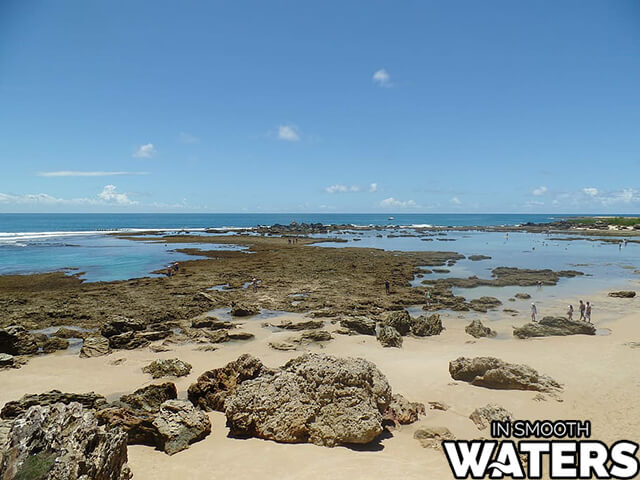
Many people are unfamiliar with the Coral Sea. This body of water lies in the southwestern Pacific Ocean. It is about 1.8 million square miles in area and merges with the Tasman and Solomon Seas. The deepest part of this sea reaches more than 25,000 feet (ca. 7,620 m) below sea level.
The sea gets its name from its coral formations. The Coral Sea is home to the Great Barrier Reef, which is the largest reef system in the world. The sea sits off the coast of Australia, and its coastline is mainly sand. This area is an ecological wonder. It’s home to 200 bird species and many types of sharks.
6. Arctic Ocean
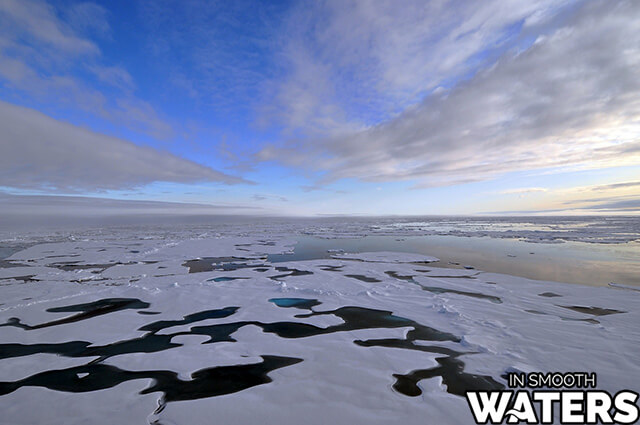
The Arctic Ocean is the smallest of the world’s oceans, and it’s also the shallowest. It takes up an area of about 6.0 million square miles and is roughly the size of Russia.
The Arctic Ocean is practically surrounded by land and covered by ice. The polar ice, which doesn’t melt, can be as thin as 6 feet in the summer and 150 feet in the winter. But the pack ice, at the edges of the polar ice, only freezes completely in the winter.
With all that ice, you might think that the region has limited animal life. However, many fish, whales, seals, walruses, polar bears, and jellyfish live here. In fact, there are more fish species in the Arctic Ocean than any other ocean in the world.
5. Philippine Sea
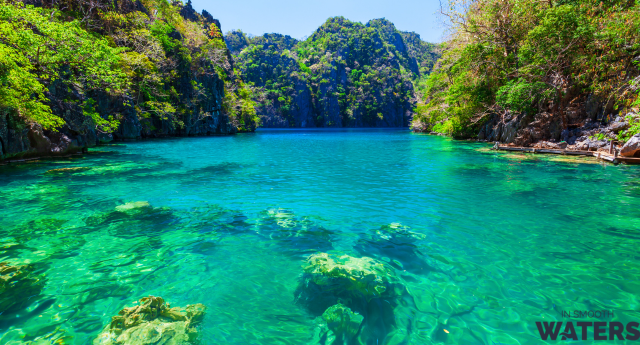
Nestled between the Philippine Archipelago and the eastern shores of Asia, this sea is a testament to the intricate interplay of tectonic forces, ocean currents, and vibrant marine life. The Philipinne Sea covers an area of 2.2 mio square miles (5.7 km²) and is the fifth largest sea in the world.
The Philippine Sea is more than just a body of water; it’s a living canvas that tells the story of a region rich in geological diversity. Ringed by subduction zones and tectonic boundaries, this sea is a hotbed of seismic activity, giving rise to underwater trenches, volcanic arcs, and deep-sea vents. Yet amidst this geological drama, life flourishes.
Beneath the glistening surface, the Philippine Sea is home to an astonishing array of marine species, from the smallest plankton to the largest cetaceans. Coral reefs teem with colorful life, while deep-sea ecosystems reveal mysterious creatures adapted to withstand the immense pressures of the abyss.
But the Philippine Sea is also a vital conduit for human connection. It serves as a vital route for international trade, connecting nations and cultures across its waters. Its shores have witnessed centuries of maritime exchange, shaping the destinies of nations and fostering the exchange of ideas and commodities.
As we navigate the vast expanse of the Philippine Sea, we’re reminded of the intricate relationship between the Earth’s geological processes, the diverse ecosystems they nurture, and the intricate tapestry of human history that unfolds along its shores. The Philippine Sea stands as a testament to the profound forces that shape our planet and the beauty that emerges from their dynamic embrace.
4. Antarctic/Southern Ocean
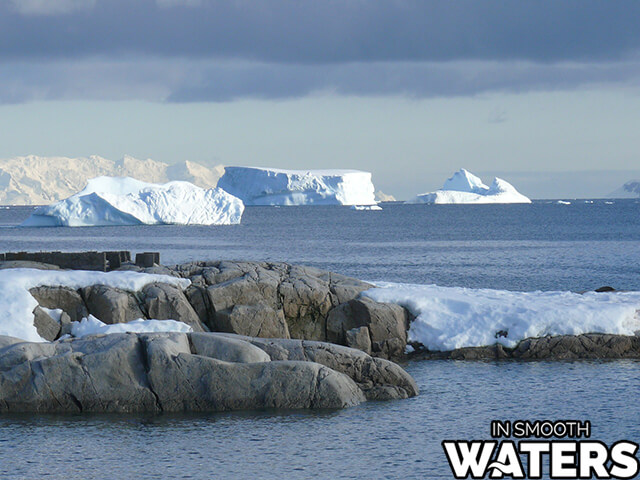
Also referred to as the Southern Ocean, the Antarctic Ocean makes up the southern part of the World Ocean, but its boundaries have been delineated several times over the years.
The Antarctic Ocean reaches up to 23,000 feet of depth at the South Sandwich Trench. But it’s not nearly as large as the three largest oceans. The Antarctic Ocean is approximately 7.1 square miles in area.
Although not many fish species live in the Antarctic Ocean, the waters are home to many invertebrates, such as squid. Seals, emperor penguins, and albatross also make their home in the Antarctic Ocean.
3. Indian Ocean – third largest ocean
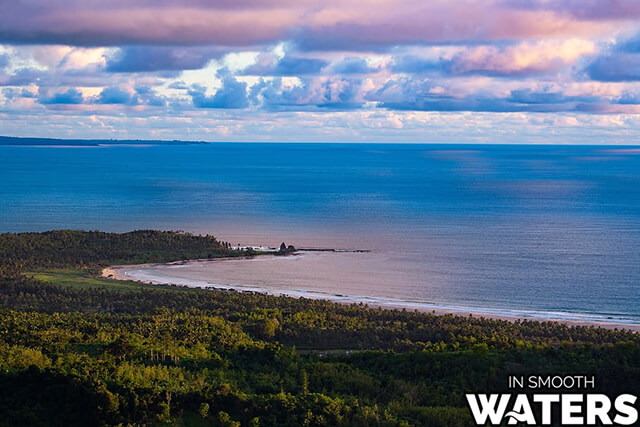
This third-largest ocean covers one-fifth of the Earth’s surface. It covers more than 28 million square miles of area and is surrounded by the coastlines of Asia and Africa. Many small islands dot the Indian Ocean, including Mauritius and Seychelles. The deepest part of the ocean is about 7,200 miles below sea level.
But whereas the Atlantic Ocean has abundant sea life, the Indian Ocean is limited in biodiversity. It has the warmest water of any ocean in the world, and the temperature doesn’t support the growth of plankton and other species.
The composition of the water in the Indian Ocean is also special. Some parts of the Indian Ocean have the lowest levels of marine salinity in the world, while others have the highest. But the water’s oxygen content is low because the ocean evaporates more quickly than it gets replenished.
2. Atlantic Ocean – second-largest ocean
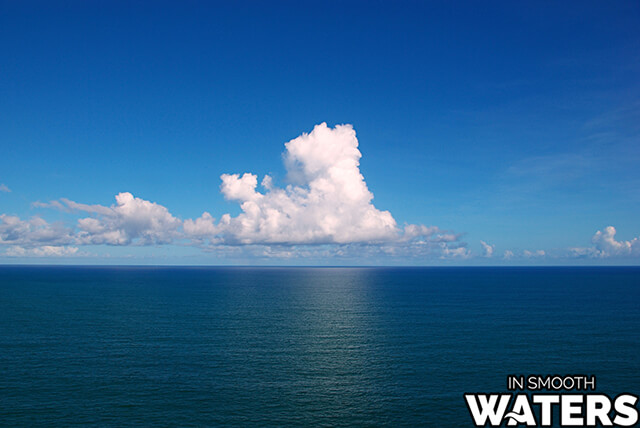
Perhaps not surprisingly, the Atlantic Ocean is the second-largest in the world. Reaching 27,480 feet below sea level, the Atlantic is not quite as deep as the Pacific. The first human made it to the bottom of the Puerto Rico Trench as recently as 2023.
Almost 6.5 times the size of the U.S., the Atlantic Ocean spans one-fifth of the surface area of the planet. It makes up about 29 percent of the Earth’s water surface area and spreads across 41.1 million square miles. The equator separates the North Atlantic from the South Atlantic.
This is the youngest ocean, even though it took millions of years to develop. The Atlantic Ocean formed when the supercontinent Pangea split, during the Jurassic period. Water from super-ocean Panthalassa filled the void, creating the Atlantic.
The Atlantic has the most abundant fishing of any ocean. Many species that call the Atlantic Ocean their home are endangered, though.
1. Pacific Ocean – The largest ocean in the world!
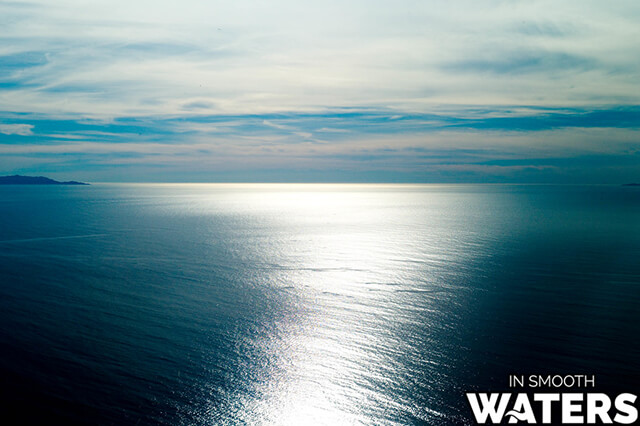
You guessed it—the Pacific is the largest ocean in the world. It takes up almost half of the planet’s water surface. The Pacific Ocean covers an area of 70,017,000 square miles.
Although the average depth of all the oceans on the planet is 12,100 feet (ca. 3,688 m), the Pacific is home to the deepest trench on Earth. This area, called the Challenger Deep, has a depth of about 36,200 feet (ca. 11,034 m).
The ocean is so deep in this area because it is located where two tectonic plates converge. One of the plates plunges into the Earth’s mantle, creating a trench that is deeper than Mount Everest is tall.
The Pacific Ocean surrounds five of the Earth’s seven continents. But the ocean’s ecology varies among locations. You can dip your toes in the chilly waters off of the coast of Canada, or bask in the warm humidity along the coast of Central and South America. Or, you can snorkel in the crystal-clear waters around Fiji.
Even though the Pacific Ocean is the largest, it was the last ocean that the Europeans discovered. But, of course, there were plenty of other civilizations along its shores. The name “Pacific” comes from the word “peace.” Magellan, who named the ocean the way that we know it today, thought that it was quite tranquil.
A Few Other Large Oceans and Seas Worth Mentioning
The following bodies of water are also notable for their size:
- Bering Sea: 890,000 square miles
- Sea of Okhotsk: 613,800 square miles
- East China Sea: 482,300 square miles
- Sea of Japan: 389,100 square miles
The world’s largest oceans and seas are responsible for providing us with many natural resources, including minerals, oil, and animals. They also play a large role in controlling the Earth’s climate. Oceans and seas also provide oxygen, absorb carbon dioxide, and offer recreation and economic opportunities. It’s vital that we take care of our bodies of water.

